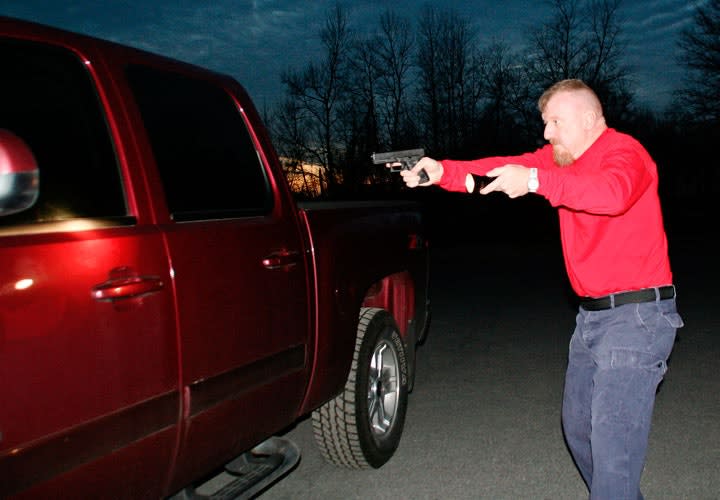Way back when I first became a firearms instructor, I was told that it took 3,000 to 6,000 repetitions to make a technique intuitive to the officer. That was later changed to 6,000 to 8,000 repetitions. Now I'm hearing from some that it takes 8,000 to 10,000 repetitions to make any technique intuitive to the officer.
Let me clue you in to a fact: No amount of training, no matter how many repetitions you perform, will override your instinct to survive. Not only that, but who's got that much money in their training budget these days to have their guys practice that many repetitions? Not to mention the boredom of attempting to perform one tactic over and over again.
So what usually happens is that a firearms instructor shows officers two or three techniques and tells them to pick the one they like the best, and practice it on their own, which we know rarely happens. If you're a firearms instructor, please don't go to court and say, "Well, I told him to practice on his own." It's just not going to fly in a federal civil rights trial. You'll find yourself on the losing end of that court battle. The end result is that we have officers on the street using a technique they are not familiar with, let alone proficient at. This results in the technique not being used when they need it the most.
In talking to hundreds of officers who have been involved in shootings, I can tell you the flashlight is hardly ever used, if at all. Even when the flashlight is in the officer's hand and turned on, it is not used. Why? "I didn't have time," I've heard, or "I didn't think of it." If that's the case, then why would we spend 8,000 to 10,000 repetitions on something that most officers aren't going to use anyway?
Instinct to Survive











